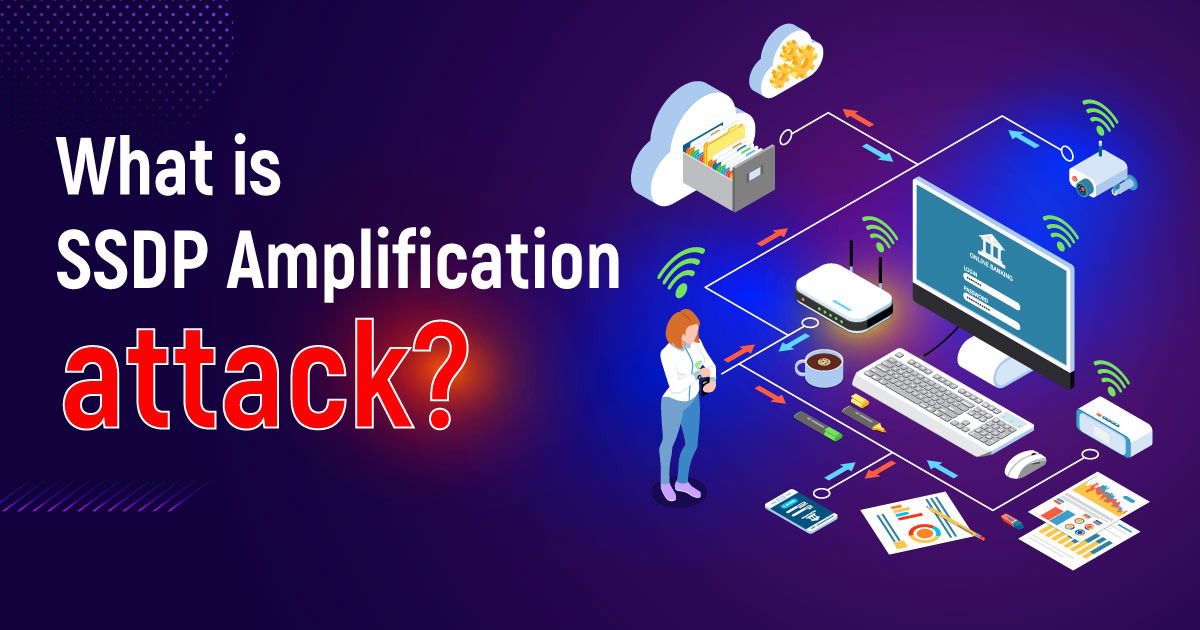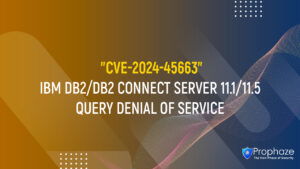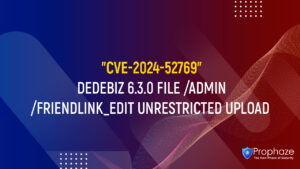Formjacking is a malicious practice where cybercriminals inject malicious JavaScript code into e-commerce websites to steal users’ payment card details and other sensitive information. The injected code covertly captures the data entered by unsuspecting customers, bypassing encryption and other security measures.
When users input their payment card details during the checkout process, the injected script captures the information and sends it to a remote server controlled by the attacker. The attack occurs in real-time, without the knowledge of either the website owner or the user.
Impacts of Formjacking
Financial Losses and Fraudulent Activities:
Formjacking can lead to substantial financial losses for both businesses and customers. Stolen payment card information is typically exploited for unauthorized transactions, resulting in fraudulent charges and financial hardship for victims.
Reputational Damage and Customer Trust:
A formjacking incident can seriously damage a company’s reputation. When customers discover that their personal and financial data has been compromised, trust in the affected business erodes, leading to customer churn and loss of future revenue.
Legal and Compliance Issues:
Formjacking incidents may have legal implications, especially if the compromised organization fails to comply with data protection regulations. Organizations can face legal consequences, regulatory fines, and potential lawsuits for their negligence in protecting user data.
What are some common Formjacking techniques?
Third-Party Compromise:
Attackers often exploit vulnerabilities in third-party scripts or components integrated into e-commerce websites. By compromising these trusted components, they can inject malicious code that intercepts user data.
Malicious Browser Extensions:
Some formjacking attacks occur through malicious browser extensions that users unwittingly install. These extensions silently collect payment card details and transmit them to the attackers.
Vulnerabilities in E-commerce Platforms:
Security weaknesses in the underlying e-commerce platform can be exploited by attackers to inject formjacking code. Outdated software, unpatched vulnerabilities, or misconfigurations provide entry points for such attacks.
Supply Chain Attacks:
Cybercriminals may compromise the supply chain by injecting formjacking code into software or hardware components before they reach the targeted e-commerce websites. This allows them to intercept user data undetected.
How to prevent and mitigate Formjacking attacks?

Strengthening Website Security:
Implementing robust security measures, such as web application firewalls (WAFs) and secure coding practices, can help protect against formjacking attacks. Regular security assessments and vulnerability scanning are also crucial for identifying and patching potential entry points.
Regular Patching and Updates:
Maintaining up-to-date software and promptly applying security patches is essential to mitigate the risk of formjacking attacks. This includes not only the e-commerce platform but also any third-party components used.
Implementing Secure Coding Practices:
Developers should adopt secure coding practices, including input validation and output encoding, to prevent formjacking attacks. Properly validating and sanitizing user input ensures that malicious code cannot be injected into the website.
Web Application Firewalls (WAFs):
Deploying a web application firewall helps protect against formjacking attacks by detecting and blocking malicious code. WAFs analyze incoming web traffic and identify suspicious patterns or known attack signatures.
Conclusion
Formjacking poses a significant threat to e-commerce websites and their customers. Cybercriminals exploit vulnerabilities in these platforms to inject malicious code, compromising payment card data and user trust. By understanding the nature of formjacking attacks, implementing robust security measures, and educating employees and customers, businesses can effectively mitigate this growing threat. Formjacking incidents highlight the need for constant vigilance and proactive measures to safeguard sensitive user information and maintain the trust of online consumers.









